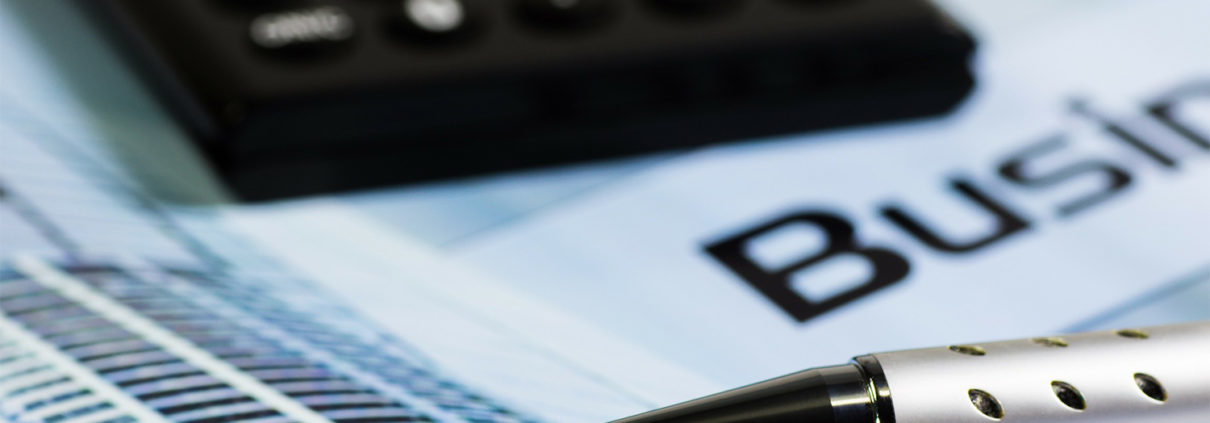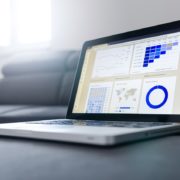Deducting business expenses
It is important to separate business expenses from the following expenses:
COST OF GOODS SOLD
If your business manufactures products or purchases them for resale, you generally must value inventory at the beginning and end of each tax year to determine your cost of goods sold. Some of your expenses may be included in figuring the cost of goods sold.
- The cost of products or raw materials, including freight
- Storage
- Direct labor costs (including contributions to pensions or annuity plans) for workers who produce the products
- Factory overhead
CAPITAL EXPENSES
These costs are a part of your investment in your business and are called capital expenses. Capital expenses are considered assets in your business.
- Business start-up costs
- Business assets
- Improvements
PERSONAL EXPENSES
Generally, you cannot deduct personal, living, or family expenses. However, if you have an expense for something that is used partly for business and partly for personal purposes, divide the total cost between the business and personal parts. You can deduct the business part.
BUSINESS EXPENSES
These expenses that can be deducted in the current year, such as: business travel, rents, utilities, supplies, insurance, wages, advertising, professional fees and tangible items with a useful life of no more than one year or cost less than $200 (or up to $500 with an appropriate accounting policy).
If you are a for-profit, these expenses are usually tax-deductible.













